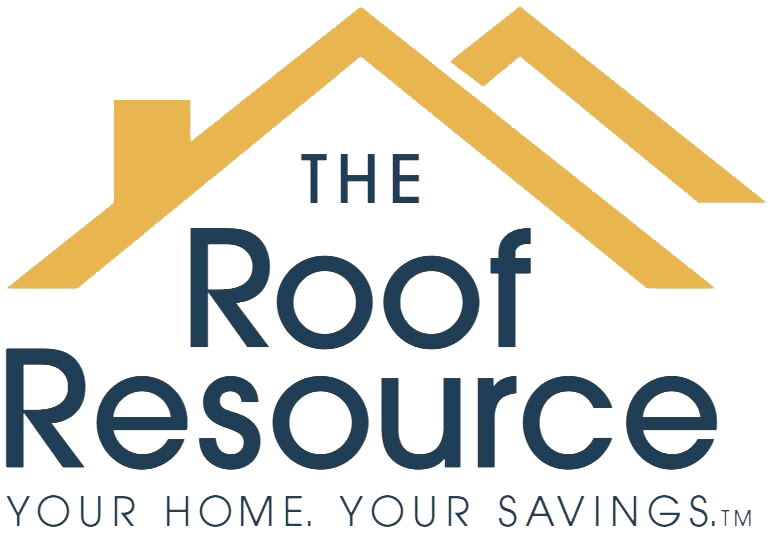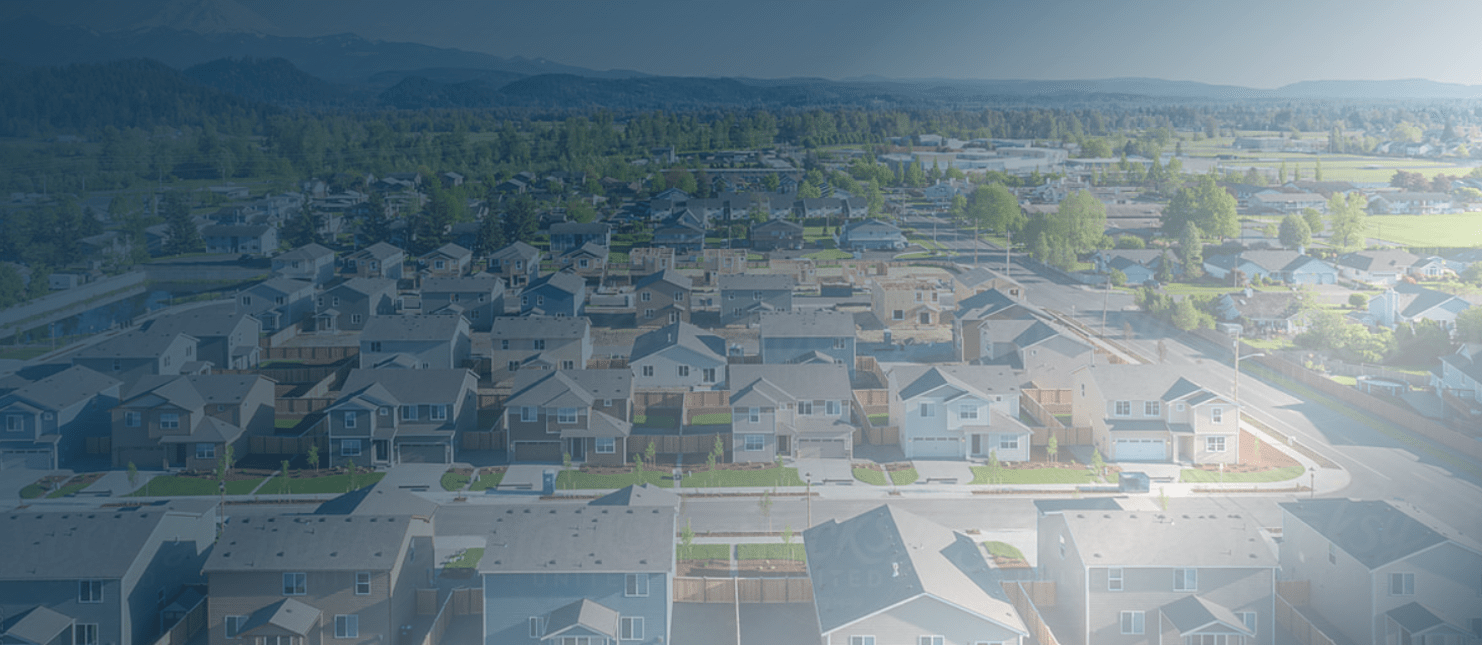How Long Do Roofs Last in Armada, MI
Expert advice on roof longevity. Armada homeowners, learn more today!
As a homeowner in Armada, MI, it’s important to understand the lifespan of your roof and to know when it might be time for a replacement. Evaluating the longevity of your roof involves considering a variety of factors, from the type of roofing material to local weather conditions. In this guide, we’ll explore the key elements to consider when determining how long roofs last, helping you make informed decisions regarding maintenance and replacement.
Appreciating the Lifespan of Different Roofing Materials
Factors Affecting Roof Lifespan
When it comes to evaluating the lifespan of a roof, it’s crucial to consider the specific type of roofing material used. Each material has its own unique durability and longevity characteristics. Here are some common roofing materials and their typical lifespans:
1. Asphalt Shingles:
– Asphalt shingles are one of the most popular roofing materials due to their affordability and versatility. On average, asphalt shingle roofs can last anywhere from 15 to 30 years, depending on the quality and maintenance.
2. Metal Roofing:
– Metal roofs are known for their exceptional durability and longevity. When properly installed and maintained, a metal roof can last 40 to 70 years, making it a long-term investment for homeowners.
3. Wood Shingles/Shakes:
– Wood shingle or shake roofs offer a natural and rustic aesthetic. However, their lifespan can vary greatly depending on factors such as climate and maintenance. Typically, wood roofs can last 20 to 30 years with proper care.
4. Slate and Tile Roofs:
– Slate and tile roofs are renowned for their beauty and longevity. These durable materials can last 50 to 100 years or more, making them an excellent choice for long-lasting protection.
Environmental Factors and Roof Longevity
Apart from the roofing material itself, environmental factors play a significant role in determining the lifespan of a roof. In Armada, MI, the local climate, including temperature extremes, humidity, snow, and hail, can impact the durability of your roof. Additionally, exposure to environmental elements such as sunlight, pollutants, and airborne debris can affect the longevity of your roof. Understanding how these factors interact with your roofing material is essential for assessing its lifespan.
Signs of Roofing Material Degradation
When evaluating how long a roof will last, it’s crucial to be mindful of signs of degradation. Some common indicators that your roof may be nearing the end of its lifespan include:
1. Curling, Cracking, or Missing Shingles: As asphalt shingles age, they can curl, crack, or become dislodged, exposing the underlying structure to potential damage.
2. Mold and Moss Growth: Excessive mold or moss on a roof can indicate moisture retention and potential deterioration of roofing materials.
3. Water Stains on Interior Ceilings: Water stains or discoloration on your interior ceilings can signal roof leakage, warranting a closer inspection of the roof’s condition.
4. Sagging or Warped Roof Decking: Visible sagging or warping of the roof deck can point to structural issues and potential water damage.
Regular Inspections and Maintenance
Importance of Regular Roof Inspections
To effectively gauge the remaining lifespan of your roof, regular inspections are essential. By conducting thorough roof inspections at least once a year, homeowners can identify early signs of wear and address potential issues before they escalate. Professional roof inspections by certified contractors can provide a comprehensive assessment of your roof’s condition, helping you make informed decisions regarding repairs or replacement.
Routine Roof Maintenance
In addition to inspections, routine maintenance is crucial for extending the longevity of your roof. Basic maintenance tasks such as clearing debris, checking for loose or damaged shingles, and ensuring proper ventilation can go a long way in preserving the integrity of your roof. It’s important to follow manufacturer recommendations for maintenance specific to your roofing material to maximize its lifespan.
Considerations for Roof Replacement
Factors Influencing Roof Replacement
When evaluating the need for roof replacement, several factors come into play. The age of the roof, extent of damage or deterioration, and the cost of repairs versus replacement are key considerations. If your roof is approaching the end of its expected lifespan or if significant damage is present, investing in a roof replacement may be a more cost-effective and prudent long-term solution.
Selecting the Right Roofing Contractor
Choosing a reputable and experienced roofing contractor is critical when considering roof replacement. Look for contractors with a proven track record, proper licensing and insurance, and positive customer reviews. A dependable roofing contractor can provide expert guidance on the best materials and strategies for maximizing the longevity of your new roof.
Final notions
Appreciating how long roofs last involves careful consideration of various factors, including the type of roofing material, environmental conditions, regular maintenance, and the need for potential replacement. By staying informed and proactive in evaluating the lifespan of your roof, homeowners in Armada, MI, can ensure the long-term protection and structural integrity of their homes.


